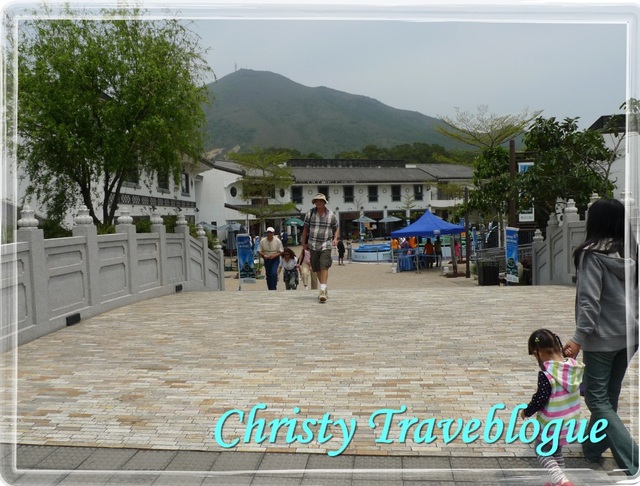
The village was modeled to capture the soul of the living culture of the real Ngong Ping village.
Located a stone's throw away from the famous Tian Tan Buddha (Giant Buddha), the village offers entertainment, dining and shopping to the visitors to Ngong Ping.
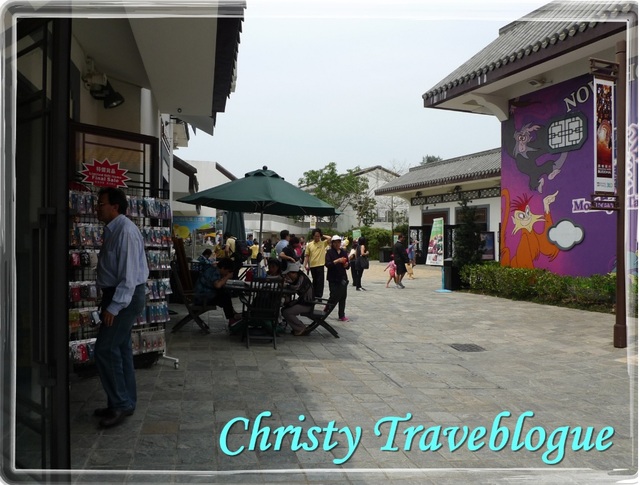
Restaurants, cafes, and souvenir shops line the walkway through the village.
Of the attractions, the two most prominent are the Walking with Buddha and the Monkey's Tale Theatre where interested devotees can take the religious journey through the multimedia technology.
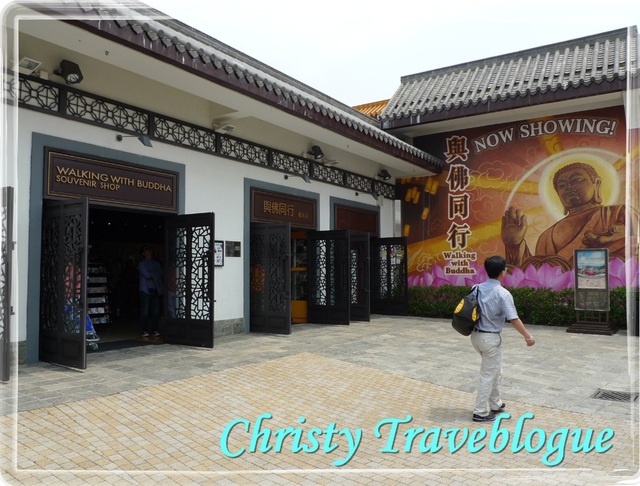
One can spot the famous and iconic statue of the Giant Buddha from the village.
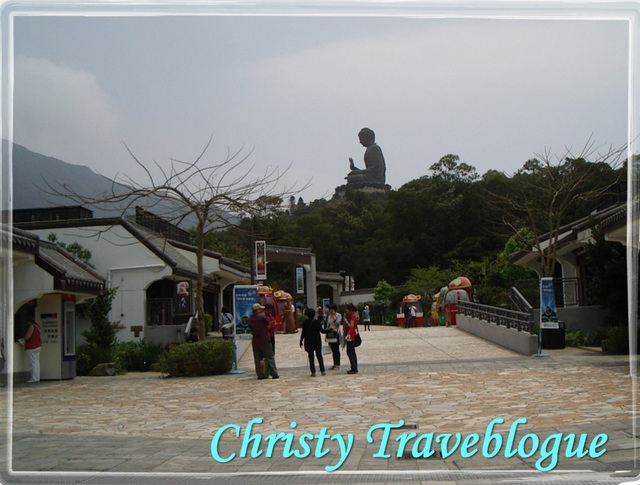
It is impossible to miss the Bodhi Wishing Shrine, with the wooden plates hanging from the branches of the tree.
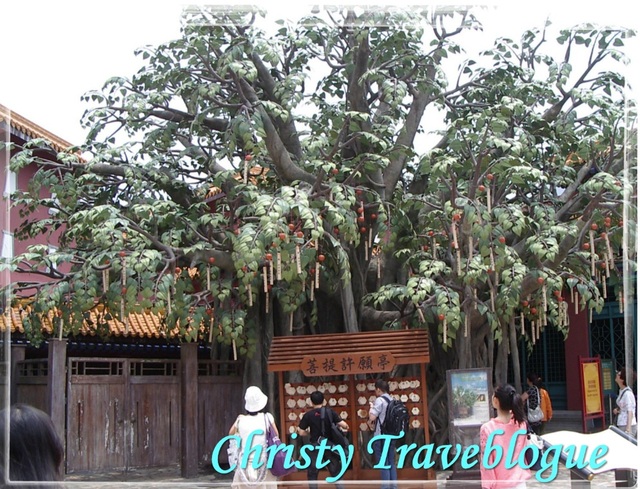
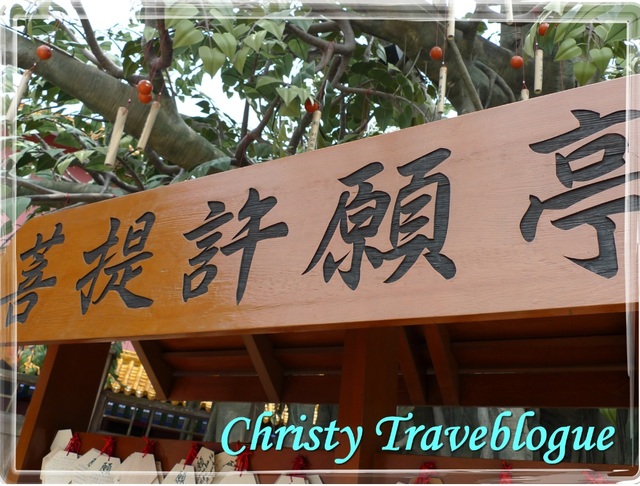
Well-wishers would write their wishes on the wooden plates for blessings.
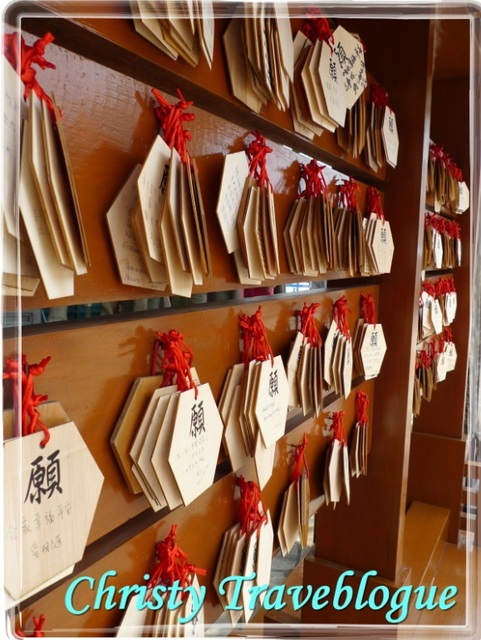
You can find out more from their website as I did not try this out myself :)
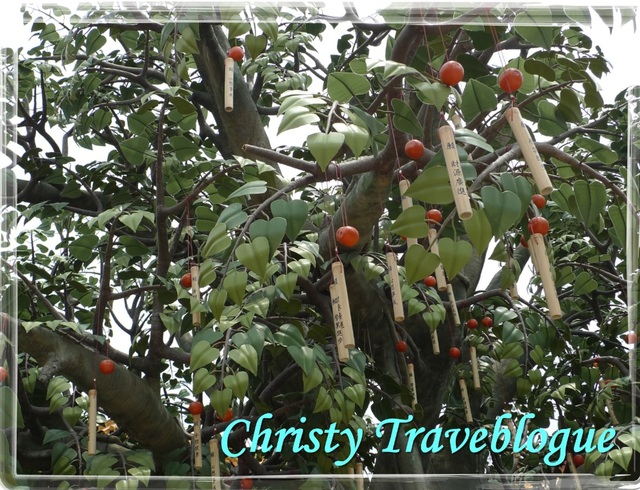
As you exit the Ngong Ping Village, you will be treated to an eye-candy feast with the bright and colorful cable car models displayed as part of the Cable Car Gallery near the exit (leading to the Ngong Ping Piazza)
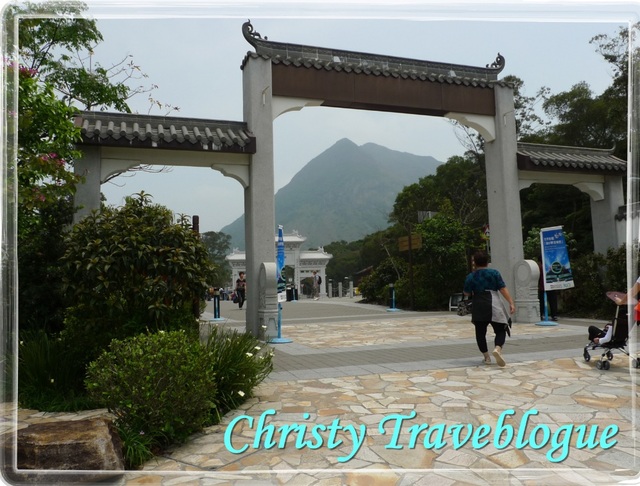
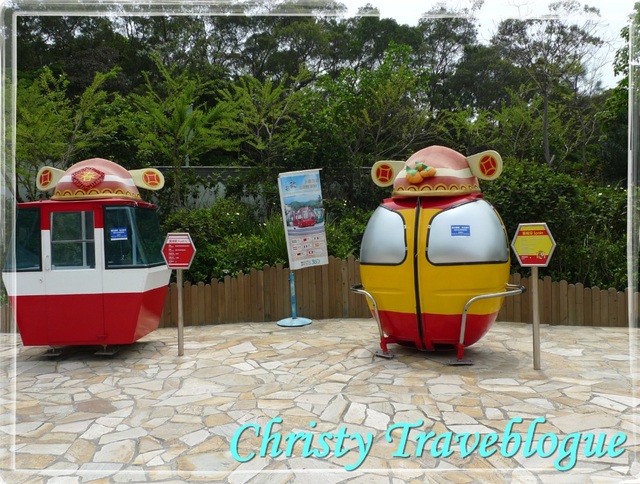
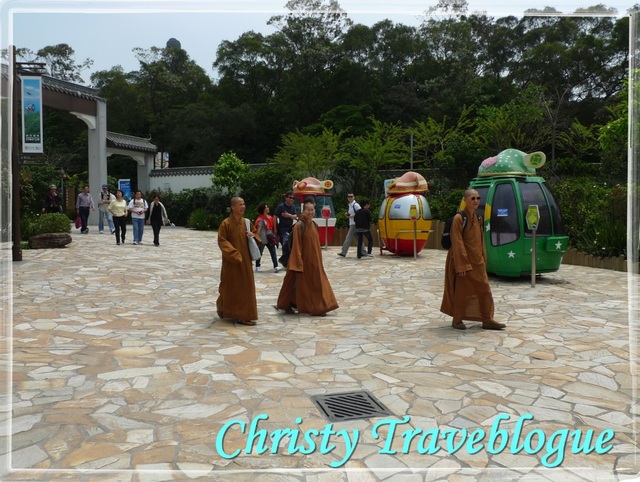
The first of its kind in the world, the open gallery displayed the models of the cable cars of various countries in an eye-catching colorful arrangement.
It was cute how they localized the cable cars from different countries to look like the Chinese versions; with that little hat on top of the cars.
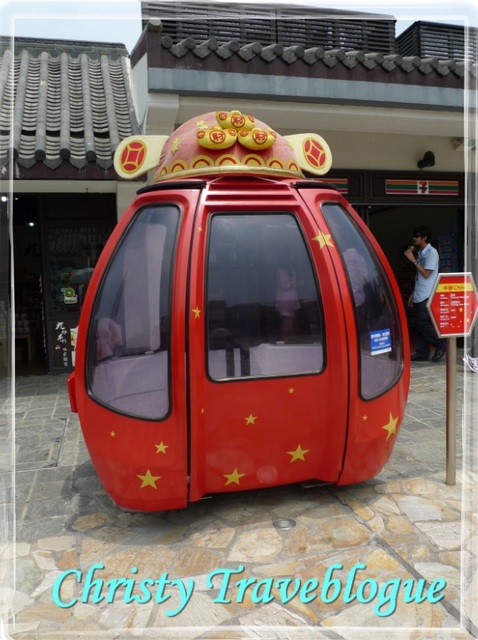
Heading towards the Tian Tan Buddha Statue, one will definitely have to pass the Bodhi Path and the Ngong Ping Piazza.
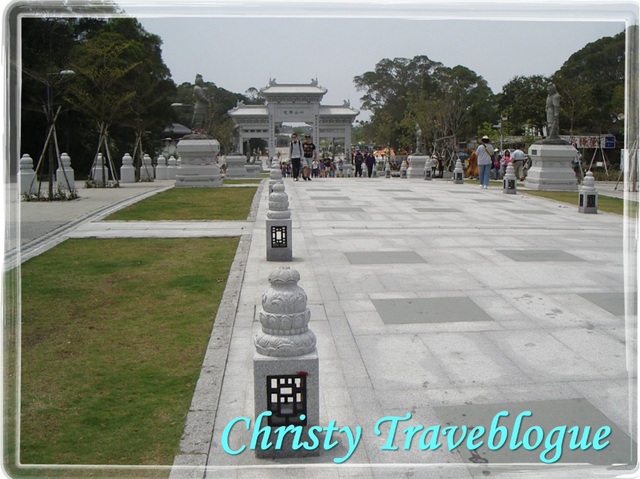 The Bodhi Path, flanked by the twelve 'Divine General' statues and 40 lotus-shaped lanterns, graced the centrepoint to connect the Ngong Ping Village, Ngong Ping Piazza and the Tian Tan Buddha.
The Bodhi Path, flanked by the twelve 'Divine General' statues and 40 lotus-shaped lanterns, graced the centrepoint to connect the Ngong Ping Village, Ngong Ping Piazza and the Tian Tan Buddha.The Twelve Divine Generals represent the twelve zodiacs in the Chinese Lunar calendar and are also regarded as protectors in the context of Buddhism.
Each of the general is denoted by a zodiac sign and is associated with a two-hour section of the day which they are responsible for/guard.
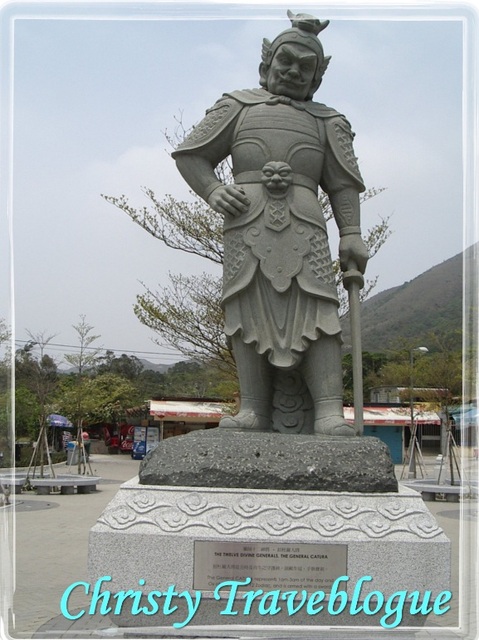
The lotus shaped lanterns total up to a count of 40; and the symbolism of lotus has always been eminent in Buddhism.
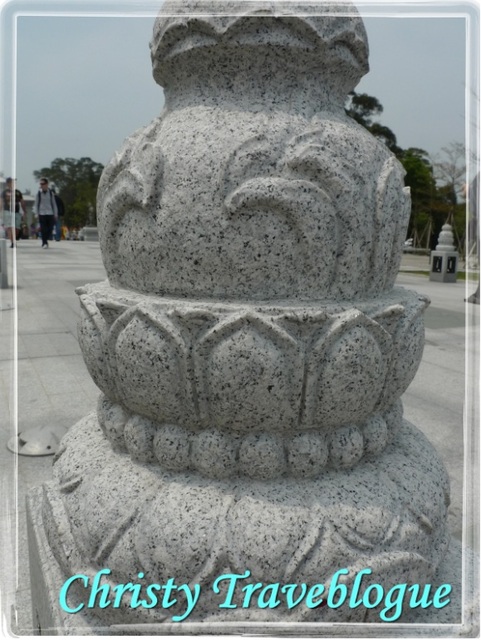
Along the way, stalls selling drinks and food are spotted and crowded with tourists and locals.
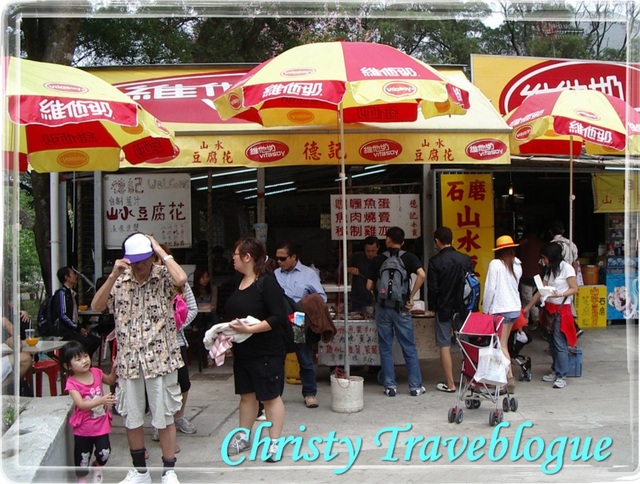
Ngong Ping Piazza (Pai Lou), completed in the year 2010, is the main gateway gracing the entrance to the Tian Tan Buddha and Po Lin Monastery.
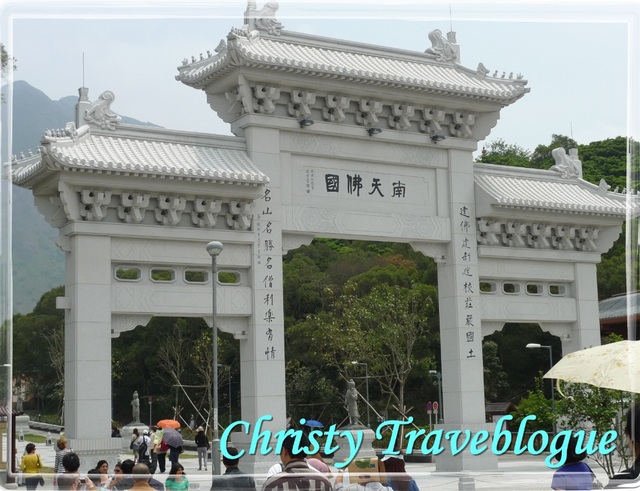
The gate is designed with the influence of the Qing dynasty's form of architecture to match that of the Po Lin monastery.
The large open space after the piazza is known as the Di Tan and is flanked by a pavilion with flags flapping, it is a sight not to be missed by the visitors.
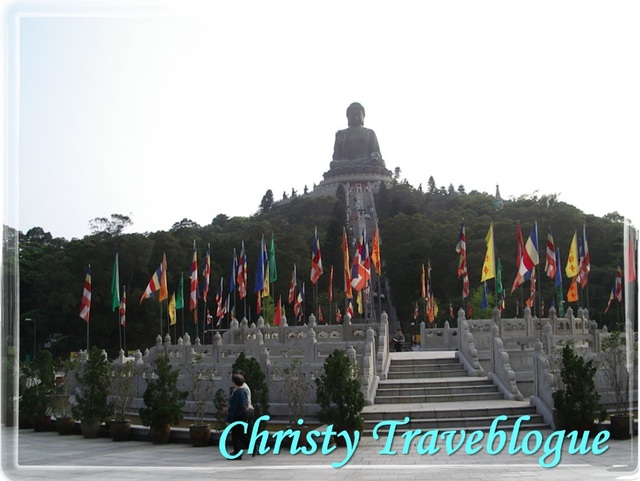
The Di Tan is where most of the religious ceremonies with mass gatherings take place.
The climb to the Tian Tan Buddha begins from here...
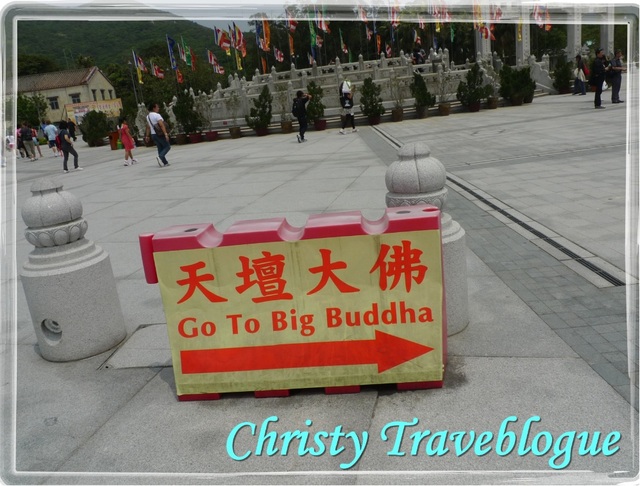
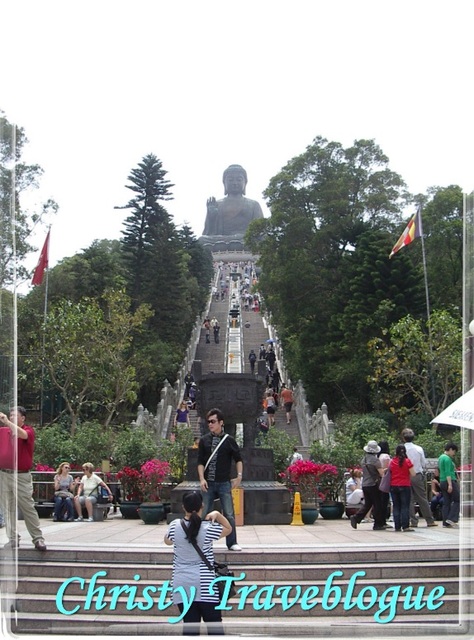

These are really beautiful pictures! Please tell me you have a favorite experience in here, from this end I don't think I could pick just one.
ReplyDeleteHie Ashley, thanks for dropping by, it's so kind of you:)
ReplyDeleteRegarding the fave experience, are you referring to the HK trip alone or all my trips in general?:P